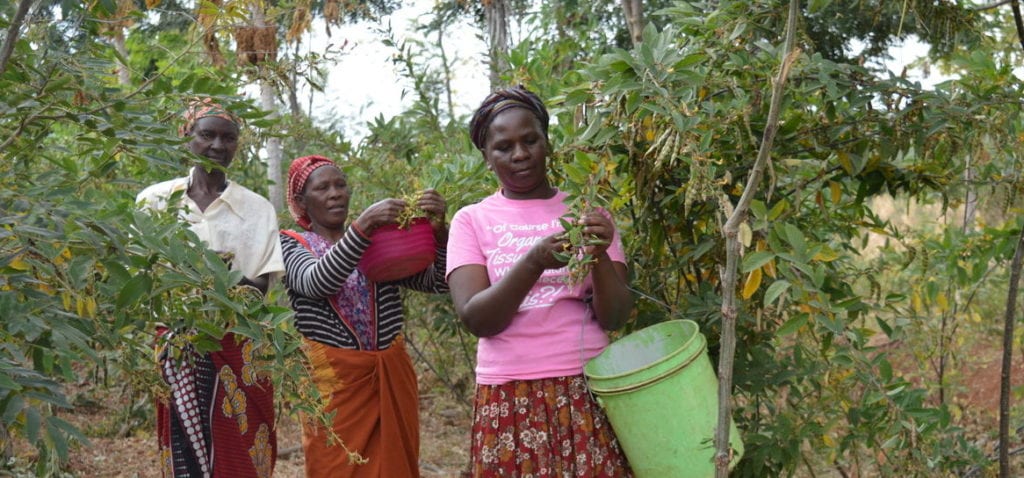Last week, the Intergovernmental Panel on Climate Change (IPCC) released a report on the Paris Agreement’s goal to limit global warming to 1.5°C. The report looked at the impact we’re likely to see at 1.5°C, what the differences are between 1.5°C and 2°C, and different pathways to reach that goal. The good news is that limiting warming to 1.5°C is still possible – though an incredible level of urgency is needed – but the impacts even at 1.5°C and especially at higher levels of warming should be a wake-up call to everyone.
This month we’re talking about the right to food, but it’s impossible to talk about food or agriculture today without talking about climate change as well. Agriculture is both a significant driver of climate change and an impacted sector. Our food systems are responsible for as much as 35% of emissions globally each year. What we eat and how we produce it, particularly in places like the United States where industrialized, chemically intensive and large-scale farming operations have a huge emissions footprint, will need to become more sustainable for us to successfully stop climate change. At the same time, climate impacts are already negatively impacting food production, something that the IPCC report made clear will worsen as warming continues.
Climate change harms food security in a number of ways. It can reduce the amount of food produced because of changing local climates (higher temperatures, changing rainfall patterns, increased extreme weather events), loss of land to sea levels rising, and even changes in the nutrition content of food. Monday’s report found that the risk of hunger increases with continued warming. While crops would likely see yield reduction in a 1.5°C world, this impact pales in comparison to what would be expected at 2°.
Ironically, there is also a threat to the right to food from certain types of careless climate actions. One strategy noted in the IPCC report to reach 1.5°C suggests using large amounts of so-called “negative emissions technologies” – methods of removing gases from the atmosphere after they’ve been emitted. There are a lot of concerns with this strategy, including that it won’t work since none of these solutions are proven at scale. Most relevant to the right to food, many negative emissions technologies require huge amounts of land.
This is particularly true of Bioenergy with Carbon Capture and Storage (BECCS), a largely theoretical methodology in which biomass is grown (sucking carbon dioxide out of the air as it does so), then harvested and burned for energy. The carbon emitted from this process is captured and stored underground. In addition to this being a questionable technology at best, unimaginably huge amounts of land would be required to implement it at scale.
The IPCC commented that “Afforestation and bioenergy may compete with other land uses and may have significant impacts on agricultural and food systems, biodiversity and other ecosystem functions and services.”
This is a dry and scientific way of saying there isn’t enough available land that is still unused. Devoting large amounts of land to BECCS would create a huge food security risk.
Recognizing the right to food is essential for ensuring that we avoid such impacts. That recognition obliges governments to make sure people have sufficient, nutritious food. Most policy goals are subjected to a cost-benefit analysis, but that’s not how it works with rights.
Rights aren’t optional or based on political or economic expediency. There are a lot of reasons to act on climate change, but this is one reason that can’t be ignored in a simplistic cost-benefit justification. Climate change impacts are a major threat to human rights everywhere, including the right to food. Since governments have an obligation to fulfill those rights, they have an obligation to act on climate change. It also means that how they act on climate change needs to safeguard the right to food. Sacrificing the right to food for some people to mitigate climate change for others isn’t an option.
The good news is that the IPCC report makes it clear that reaching the 1.5°C goal – without BECCS or other risky, unproven technologies – is possible. But we need to hold governments accountable to deliver climate policies in line with this goal. Addressing climate change, just like protecting and promoting the right to food, isn’t really a technical challenge. It’s a question of political will.

